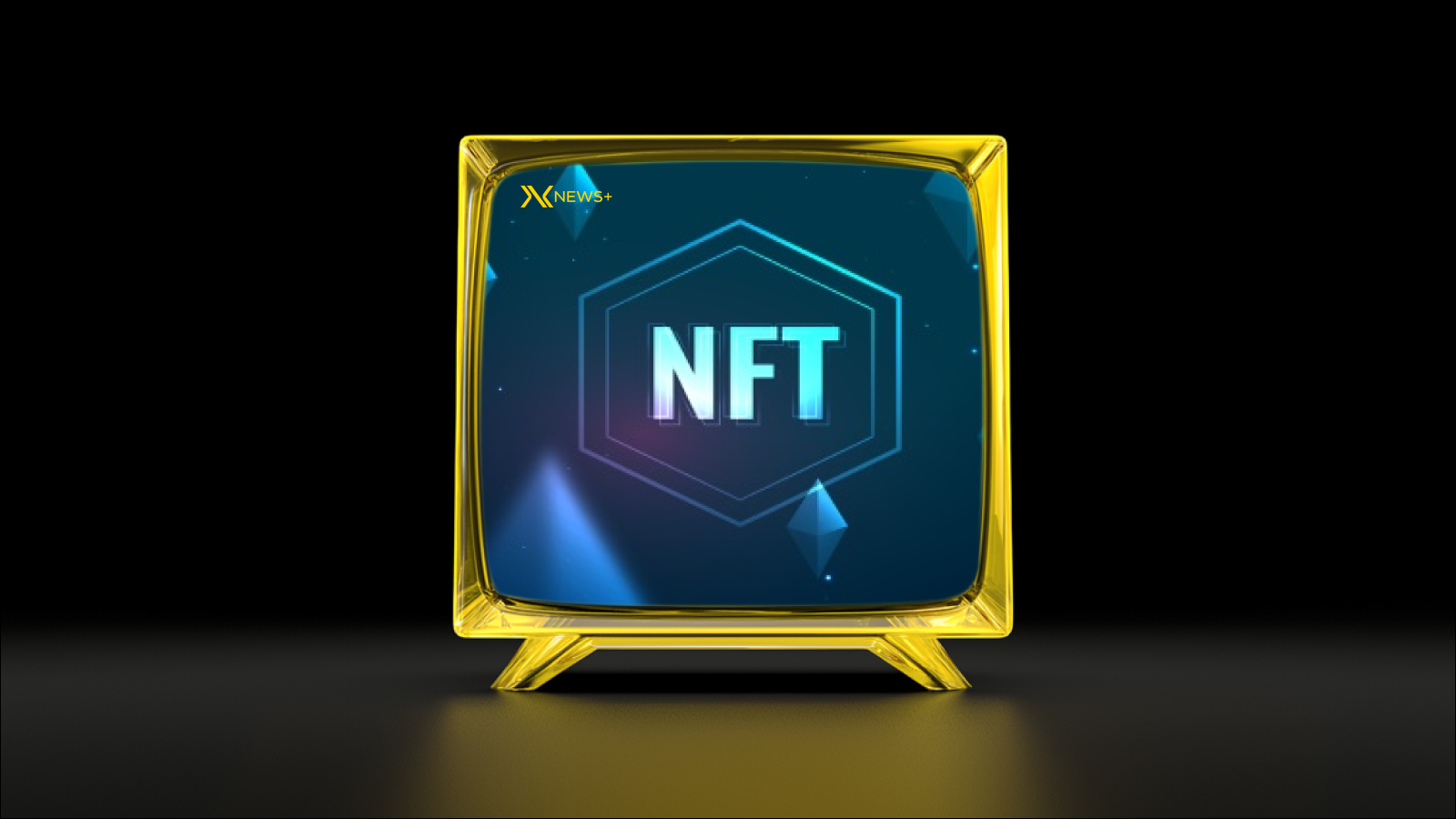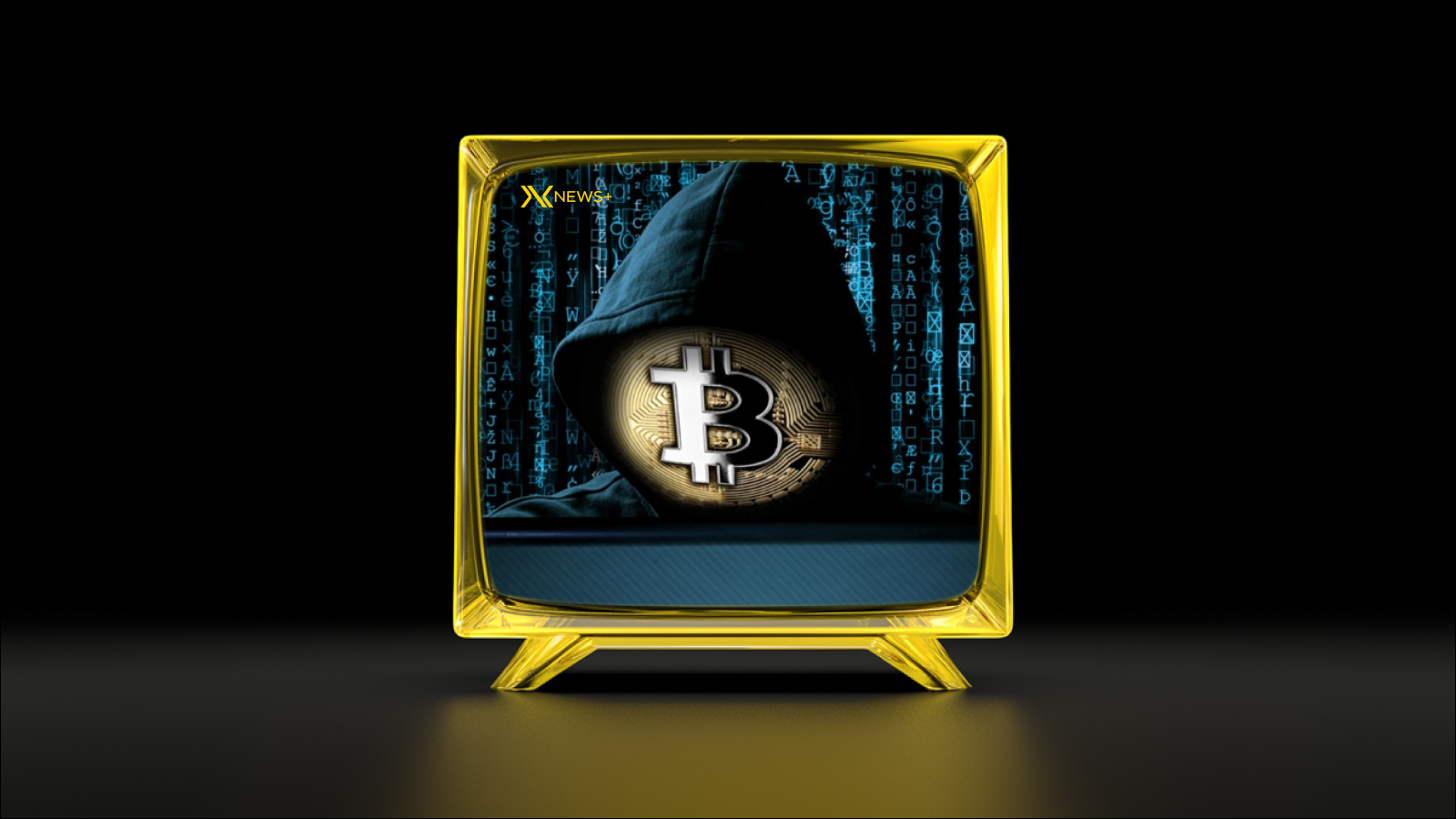Understanding The Growth Of The NFT Market
The NFT Market has seen exponential growth over the past few years, evolving from a niche segment into a multi-billion dollar industry. This surge can be attributed to several key factors, including increased mainstream awareness, technological advancements, and the rising adoption of digital assets.
One of the primary drivers of growth is the influx of high-profile endorsements and partnerships, which have brought significant attention to non-fungible tokens. Major brands and celebrities have entered the space, releasing their own collections and engaging with fans through unique digital experiences. This trend has sparked curiosity among the general public, leading to a broader audience exploring the possibilities of NFTs.
Additionally, advancements in blockchain technology have improved the infrastructure supporting the NFT Market. Enhanced security features, faster transaction times, and more user-friendly platforms have made it easier for both creators and collectors to participate in this new digital economy. As more individuals become familiar with the mechanics of NFTs, the market continues to expand.
Moreover, the rise of decentralized finance (DeFi) has played a pivotal role in shaping the landscape of the NFT Market. DeFi protocols allow users to leverage their NFT assets for loans, staking, and earning rewards—thus increasing the overall value proposition of holding digital collectibles. This intersect between DeFi and NFTs will likely drive further interest and investment as we move toward 2025.
In addition to the technical and social advancements, the increasing interest in digital ownership and provenance has contributed to the market’s growth. As more creators and consumers recognize the importance of authenticity in the digital realm, NFTs provide a solution by offering verifiable ownership of unique items. This trend is particularly significant in sectors like art, gaming, and music, where the distinction between original and copied works has been blurred in the digital age.
The robust growth of the NFT Market is attributed to a combination of cultural relevance, technological innovation, and economic opportunity. As we look ahead to 2025, these factors will continue to evolve, shaping the future of digital ownership and creativity in an increasingly digital world.
Key Factors Driving The NFT Market Trends
The NFT Market has witnessed significant momentum in recent years, primarily due to several key factors that are shaping its trajectory and increasing its popularity. Understanding these driving forces is essential for predicting future trends and opportunities.
One of the most prominent factors is the increasing mainstream acceptance of blockchain technology. As more individuals and businesses become familiar with cryptocurrency and decentralized platforms, the barriers to entry for the NFT Market diminish. This acceptance fosters a growing user base and encourages innovative use cases for NFTs.
Another critical factor is the rise of digital ownership. The concept of owning unique digital assets is becoming increasingly appealing, particularly to younger generations who prioritize digital experiences. As gamers, artists, and collectors seek to own distinct pieces of content and contribute to the NFT Market, we can expect a surge in demand.
Furthermore, collaborations between traditional brands and NFT creators are becoming more common. High-profile partnerships, such as those between luxury fashion brands and digital artists, help elevate the profile of NFTs and attract a broader audience. This crossover is vital not only for the brands but also for the artists and creators who gain recognition in new markets.
Additionally, the evolution of legal frameworks and regulations surrounding NFTs is beginning to establish a more secure environment for both buyers and sellers. As regulatory clarity emerges, it builds confidence in the NFT Market, encouraging more participants to engage with NFTs as legitimate investment assets.
Advancements in technology, such as improved user interfaces and enhanced interoperability between platforms, simplify the buying and selling process of NFTs. This user-friendly experience is crucial for attracting non-technical users and expanding the reach of the NFT Market.
The NFT Market is propelled by technological acceptance, the allure of digital ownership, strategic brand collaborations, evolving regulations, and improved user experiences. Each of these factors contributes to the ongoing growth and evolution of the market, making it an exciting area to watch in the coming years.
Predicted Innovations Shaping The Future Of NFT Market
As the NFT Market continues to evolve, several key innovations are anticipated to play a crucial role in its development through 2025 and beyond. These advancements are expected to enhance user experience, broaden access, and further integrate NFTs into various sectors.
- Interoperability: Future NFT Market applications will likely support interoperability across different blockchain platforms. This will streamline transactions and broaden the market by allowing users to seamlessly trade and use NFTs across various ecosystems.
- Layer 2 Solutions: With scalability being a prominent issue in blockchain technology, Layer 2 solutions such as Rollups and sidechains are expected to gain traction. These will reduce transaction costs and improve speeds, making the NFT Market more accessible to the average user.
- Dynamic NFTs: Unlike traditional NFTs, dynamic NFTs will evolve based on certain triggers such as user interactions or real-world events. This innovation could lead to unique experiences where the value and ownership of NFTs are intertwined with ongoing narratives.
- Integration with Augmented Reality (AR) and Virtual Reality (VR): The fusion of NFTs with AR and VR technologies will create immersive experiences. Users could virtually showcase their digital assets in their environments, enhancing the appeal of collectibles within the NFT Market.
- Enhanced Royalty Structures: New frameworks may emerge to provide creators with better revenue-sharing models. These structures could revolutionize the monetization of digital art and assets within the NFT Market.
- Environmental Sustainability: Innovations that focus on reducing the environmental impact of blockchain technologies will be prioritized. Eco-friendly protocols could drive more artists and collectors to participate in the NFT Market with a cleaner conscience.
These innovations are not only set to reshape the NFT Market but also to redefine how individuals, artists, and collectors interact with digital assets, paving the way for a more inclusive and engaging future.
How The NFT Market Will Impact Digital Art And Collectibles
The NFT Market is revolutionizing the way we perceive and engage with digital art and collectibles. As the market matures, several significant impacts are expected to reshape this digital landscape.
Firstly, the NFT Market provides artists with new revenue streams. Creators can tokenize their artwork, allowing them to sell directly to collectors without intermediaries. This direct access not only increases potential profits but also ensures that artists receive a percentage of future resale royalties, thanks to the smart contract capabilities of blockchain technology.
Secondly, the authenticity and provenance of digital art are enhanced through NFTs. For collectors, the ability to verify ownership and origins of a piece eliminates concerns about forgery and enhances the value of their investments. This shift toward verified ownership positions digital artworks on similar grounds as traditional pieces in terms of market legitimacy.
Furthermore, the NFT Market is expanding the definition of art itself. Artists are experimenting with various formats, including animations, interactive pieces, and augmented reality, pushing boundaries beyond static images. This evolution is creating new forms of engagement for collectors, transforming how they interact with art and collectibles.
As the NFT Market continues to gain traction, we can expect an emergence of niche platforms catering to specific types of digital art and collectibles. Such specialization will enable better-targeted marketing strategies, ultimately enriching the experience for both creators and collectors while driving mainstream adoption.





